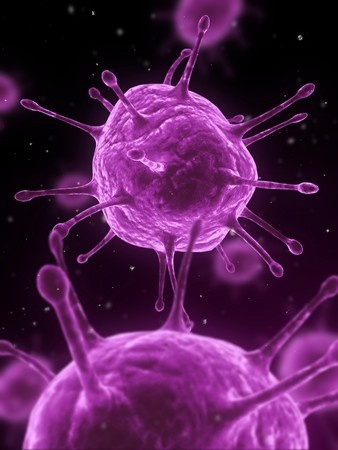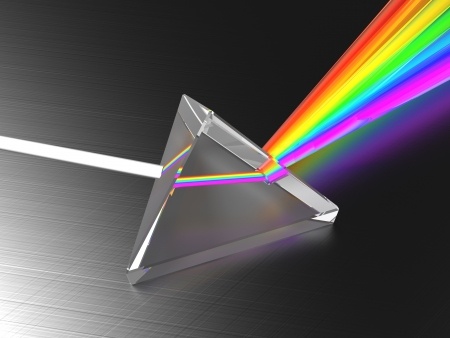This regular feature of STAOblog brings you a sampling of the latest science news that would be of particular interest to your students. Incorporate these stories into your lesson. Or, use them as a “cool attention-grabber” at the start of class. Above all, enjoy the discussion and get your kids excited about science! “SciNews” is published every Monday and Thursday.
Share your favourite SciNews “gems” by emailing them to staoblog@stao.org.
 Biology
Biology
Google wants to detect cancer earlier with a tiny pill in blood . Globe and Mail
Google is working on a cancer-detecting pill in its latest effort to push the boundaries of technology. Still in the experimental stage, the pill is packed with tiny magnetic particles, which can travel through a patient’s bloodstream, search for malignant cells and report their findings to a sensor on a wearable device. Read more…
Dark Pits of Disease: Mining’s History of Hookworm. Discover.
Mining is low on the list of enviable occupations. The hazards one faces when plying one of humanity’s most ancient professions, burrowing deep into the earth to harvest its hidden treasures in the form of precious stones and metals, range from grungy to downright gruesome. The occupation is widely considered to be one of the world’s most dangerous, and it was only in the 1950s that the mining industry in the United States finally saw fatalities due to accidents dip under a thousand a year (1). Read more…
Genesis of genitalia: We have one. Lizards have two. Why? Science Daily
When it comes to genitalia, nature enjoys variety. Snakes and lizards have two. Birds and people have one. And while the former group’s paired structures are located somewhat at the level of the limbs, ours, and the birds’, appear a bit further down. In fact, snake and lizard genitalia are derived from tissue that gives rise to hind legs, while mammalian genitalia are derived from the tail bud. But despite such noteworthy contrasts, these structures are functionally analogous and express similar genes. Researchers have now discovered how functionally analogous genitalia can arise from divergent tissue. Read more…
 Chemistry
Chemistry
How To Grow A Microscopic Alien Garden. World Science Festival.
Some sculptors work in marble, others in wood…but Harvard University biomineralization researcher Wim Noorduin creates his masterpieces inside a beaker. You’d be hard-pressed to put his flowery sculptures on a regular museum pedestal, though. They’re actually microscopic crystal structures many times smaller than the width of a human hair. Read more…
Laundry detergent pods a serious poisoning risk for children younger than 6 years of age in the United States. Science Daily
After releasing the results of a new study detailing the dangers of laundry detergent pods, researchers are calling for a national product safety standard in an effort to better protect children. The study showed that during a two year period, there were more than 17,000 children exposed to the highly concentrated chemicals in laundry detergent pods. That’s a child every hour. Read more…
 Physics
Physics
Six Tiny Scientific Mistakes That Created Huge Disasters
Even when things go according to plan, applied science is rarely cheap and always complicated—and when things go badly, the smallest mistake can end up costing millions or billions of dollars, and even, sometimes, human lives. Here are six reminders of why it’s always good to double-check your work, especially when dealing with spaceflight. Read more…
Hungry bats compete for prey by jamming sonar. Science Daily
In their nightly forays, bats hunting for insects compete with as many as one million hungry roost-mates. Now scientists have discovered that Mexican free-tailed bats jam the sonar of competitors to gain advantage in aerial foraging contests. Read more…
 Earth and Space Science
Earth and Space Science
Why does the moon always present the same face to us? Discover Read more…
Planets Grow Up So Fast. Eureka Alert.
Astronomers have captured this amazing new space photograph showing the birth of a Solar System! Earth and the other seven planets of our Solar System are not alone in the Universe. Over 1800 planets have been discovered around distant stars so far, and this number is rising! Read more…
Beautiful Maps of Space Throughout the Ages. Discover
Excavated illegally in 1999 in Saxony-Anhalt, Germany, the extraordinary Nebra Sky Disc is considered both the first known portable astronomical instrument and the oldest-known graphic depiction of celestial objects in human history. Read more…




